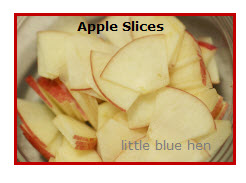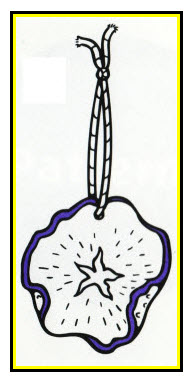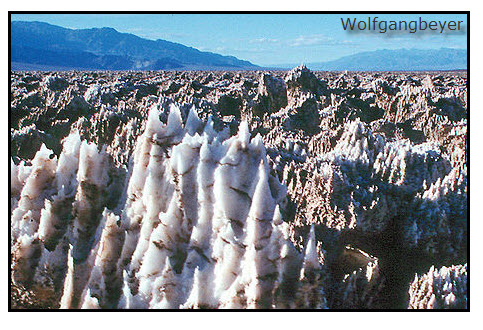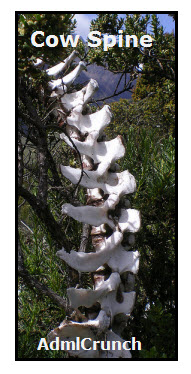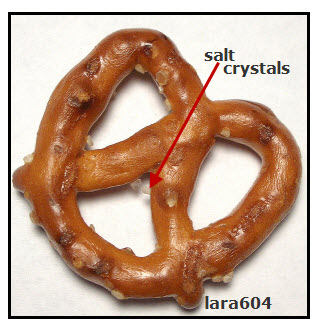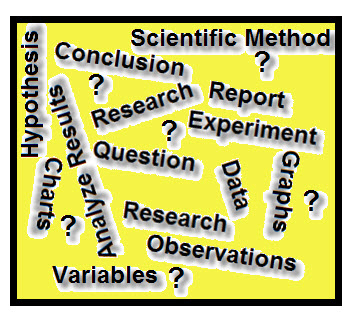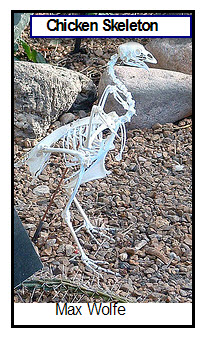If your science fair project question is: What effect does the type of citric fruit covering apple slices have on their browning ? Your hypothesis will be your idea about the answer to your science fair project question. A hypothesis is basically your educated guess. A hypothesis is your prediction about the results of the […]
Archives for 2010
Browning Apple: Experiment
A science fair project experiment must test the accuracy of the hypothesis. For this example science fair project the example question and hypothesis are: Question: What effect does the type of citric fruit covering apple slices have on their browning ? Hypothesis: Since all citric fruits contain citric acid, any kind of citric fruit covering […]
Apple Slice With Star
Dried apples have unusual, but very interesting characteristics. Discover For Yourself Ask an adult to cut an apple in half, cutting across the apple as shown in the diagram. 1. Allow one-half of the apple to dry. Place the apple piece near a window so that it receives direct sunlight if possible. Place something, such […]
Browning Apple: Question
Science Fair Project Question Observation: Sliced apples turn brown. Getting Started: If citric acid in lemons prevents sliced apples from browning, would other types of acid do the same thing? Purpose: To determine if different types of acid prevent sliced apples from turning brown. Two things are changing: 1. Type of acid used—You control this […]
A Camel’s Adaptive Characteristic
Question: How do animals adapt to their environment? Answer: I do not support the idea that animals purposely change their bodies over time so that they can better adapt to an environment. Instead, I support the idea that animals that have certain physical characteristics are better adaptive to an environment. For Example: Camels can survive […]
Salt Flats
Salt flats are usually flat, as their name implies. One salt flat that doesn’t adhere to this description is “The Devil’s Golf Course” in Death Valley National Park. This salt flat was once a lake. As the water evaporated, the minerals that were dissolved in the lake water were left behind. Since the surface remains […]
Vertebraes
Vertebrates are animals that have a back bone. These animals include humans, dogs, cats, pigs, cows, and chickens. The backbone is also called the spine and is made of bones called vertebrae. You can bend forward, left and right, and some of you can bend backwards (doing a back bend). This is because your backbone […]
Types of Salt
Sodium Chloride is a compound made of two elements, sodium and chlorine. The common name for sodium chloride is Table Salt. There are different varieties of table salt. Some differ in additives, while others differ in how they are processed, which affects their texture. Table Salt (iodized) Most table salt in the United States is […]
Using the Scientific Method
Question: What is the scientific method? Generally the Scientific Method is defined as a list of steps used in solving a science problem. These steps are shown in order in the diagram. I would define the scientific method as any process for solving a science related problem. But, since the Scientific Method is stressed, use […]
How to Prepare a Chicken Skeleton
Real or plastic, skeletons are expensive. Even a chicken skeleton can cost several hundred dollars. YIKES!! The chicken skeleton in the photo is not an easy project. Actually, I found cleaned chicken bones that kids can safely handle more useful and certainly easier to obtain than the full assembled skeleton. Boiling is one method of […]
- « Previous Page
- 1
- …
- 11
- 12
- 13
- 14
- 15
- …
- 54
- Next Page »
